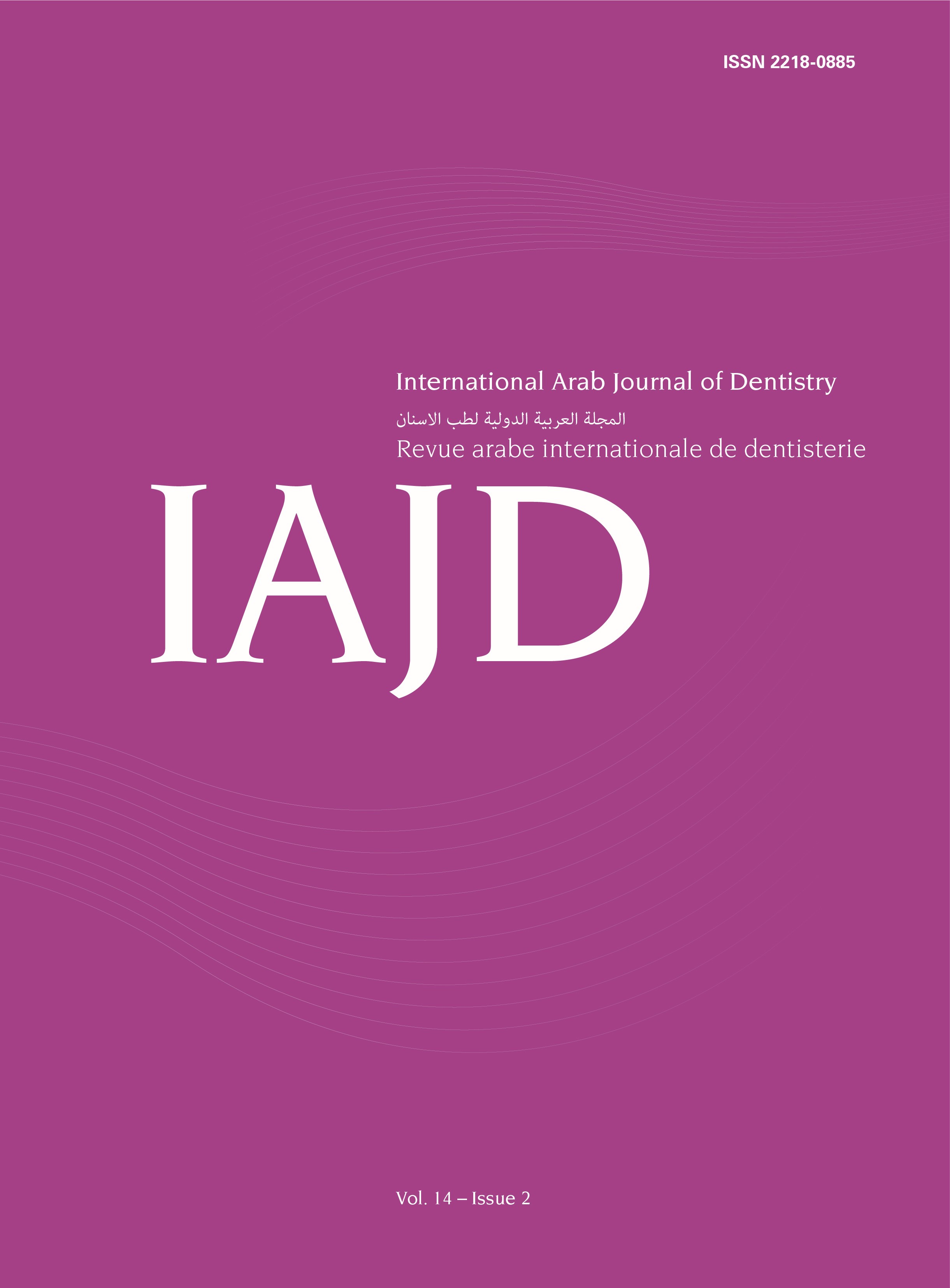Abstract
Background: Orofacial Esthetic Scale (OES) is used to test psychometric properties of Indian population and Indian version of Psychosocial Impact of Dental Aesthetic Questionnaire (PIDAQ) for psycho metric evaluation. The aim of this study is to develop Orofacial Esthetic Scale (OES) in Indian version, to test psychometric properties of individuals in the cultural environment in central India.
Materials and methods: A hospital based cross sectional study was done, where altogether 30 questions were asked to patients, their relatives and to dentists. 8 questions were related to Orofacial Esthetics Scale (OES) whereas 22 pertaining to Psychosocial Impact of Dental Aesthetic Questionnaire (PIDAQ). The questions were derived form standardized version of same scale, which is available in various other countries. The questions covered dental self-esteem, social repercussions, emotional impact, and aesthetic interest of the patient. Additionally, using such questionnaire enables the patient to convey his expectations and thus making it easy for the dentists to formulate the treatment plan. There were 341 individuals who took participation in the study, wherein 122 were patients, 122 were relatives and 97 dentists. All of them were properly informed prior, and a written consent was taken from each of them before proceedings with questions. All the questions were formulated in the native language that was easy for them to comprehend.
Result: It was found that the “Psychosocial Impact of Dental Aesthetic Questionnaire” (PIDAQ) meets the factorial criteria that stabilizes sample and provides validity and reliability for the dental patients. Orofacial Esthetic Scale (OES) can be used as a visual analysis tool that helps in examining and com paring different factors which are included in the scale. This scale covers all the tooth related factors and thus can prove fruitful when used among dental patients to comprehend and formulate their treatment plan accordingly.
Conclusion: It was found that orofacial esthetic scale and Psychosocial impact of dental aesthetic questionnaire are beneficial for dentists as well as patients. These instruments could be used effectively for clinical and research purposes.

